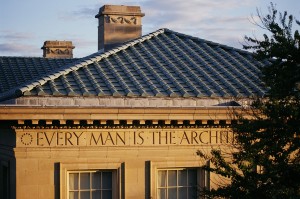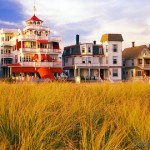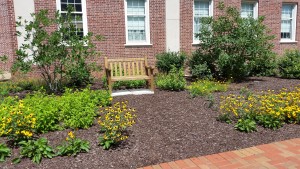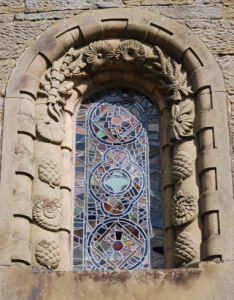I was surprised by this week’s GORP, presented by Shawn. I realized I had been to the beach that Shawn discussed – Black’s Beach, a nude beach in San Diego. In class, we discussed how nude beaches are often secluded. They offer a zone of truer freedom. Perhaps they are maintained or treated differently by beach-goers in terms of littering? Ginny proposed that the beaches might even be an example of the necessity of nature that Walden discusses. The class also discussed the different ways that beaches (and swim suits) are used – from tanning to swimming.
I have since reflected on my own experience at nude beaches and what they demonstrate in terms of human relationship with nature. This past summer, I went to a nude beach on Sauvie Island outside of Portland, Oregon. The idea of nude beaches that is most compelling to me was stated well by Professor Smith. He mentioned that people think of presenting themselves in a certain way in nature – wearing certain clothes (often expensive gear) that are “necessary” for a certain activity.
I thought about how the reading “Living Like Weasels” applied to this discussion. Annie Dillard states, “I would like to learn, or remember, how to live…I might learn something of mindlessness, something of the purity of living in the physical senses and the dignity of living without bias or motive. The weasel lives in necessity and we live in choice” (287).
Perhaps it is at nude beaches that we see and experience such a powerful form of mindlessness and living in necessity. We shed our clothes, the way we design ourselves, and present ourselves to the world. We enter a place free of the typical social constraints and enter a place where it is okay to be naked in front of strangers and friends. We expose ourselves fully to the world and allow all of our skin to feel the sand and the water. Perhaps it is in a moment like this that we are remembering how to live – embracing the space around us and ourselves. We abandon a world of constraints and judgment.
My nude beach experiences are so disconnected from other aspects of my life due to the mindlessness the space produces. This is why realizing someone else I know had experienced that space felt so strange to me.






